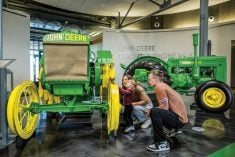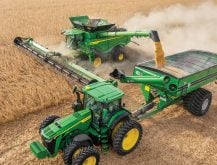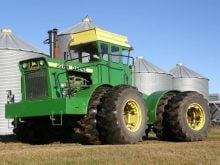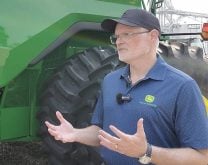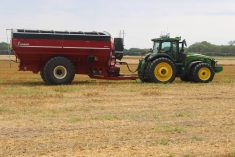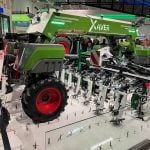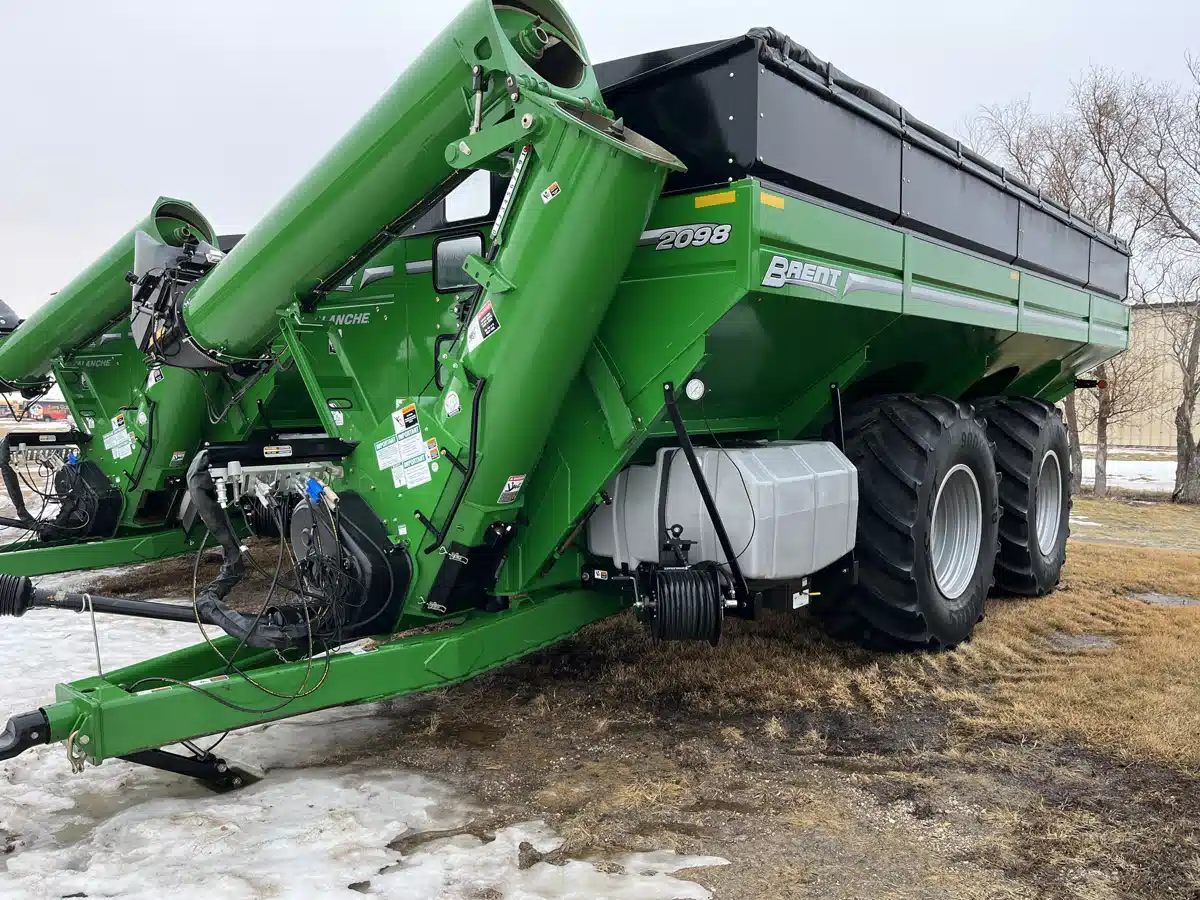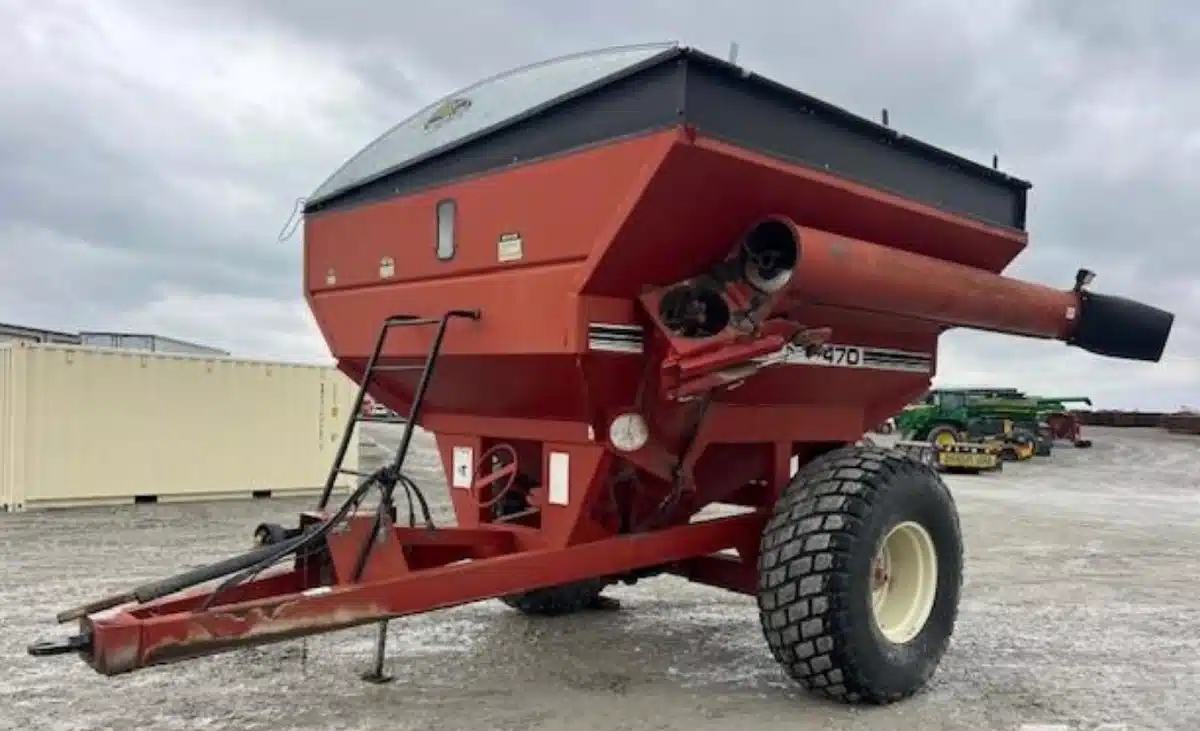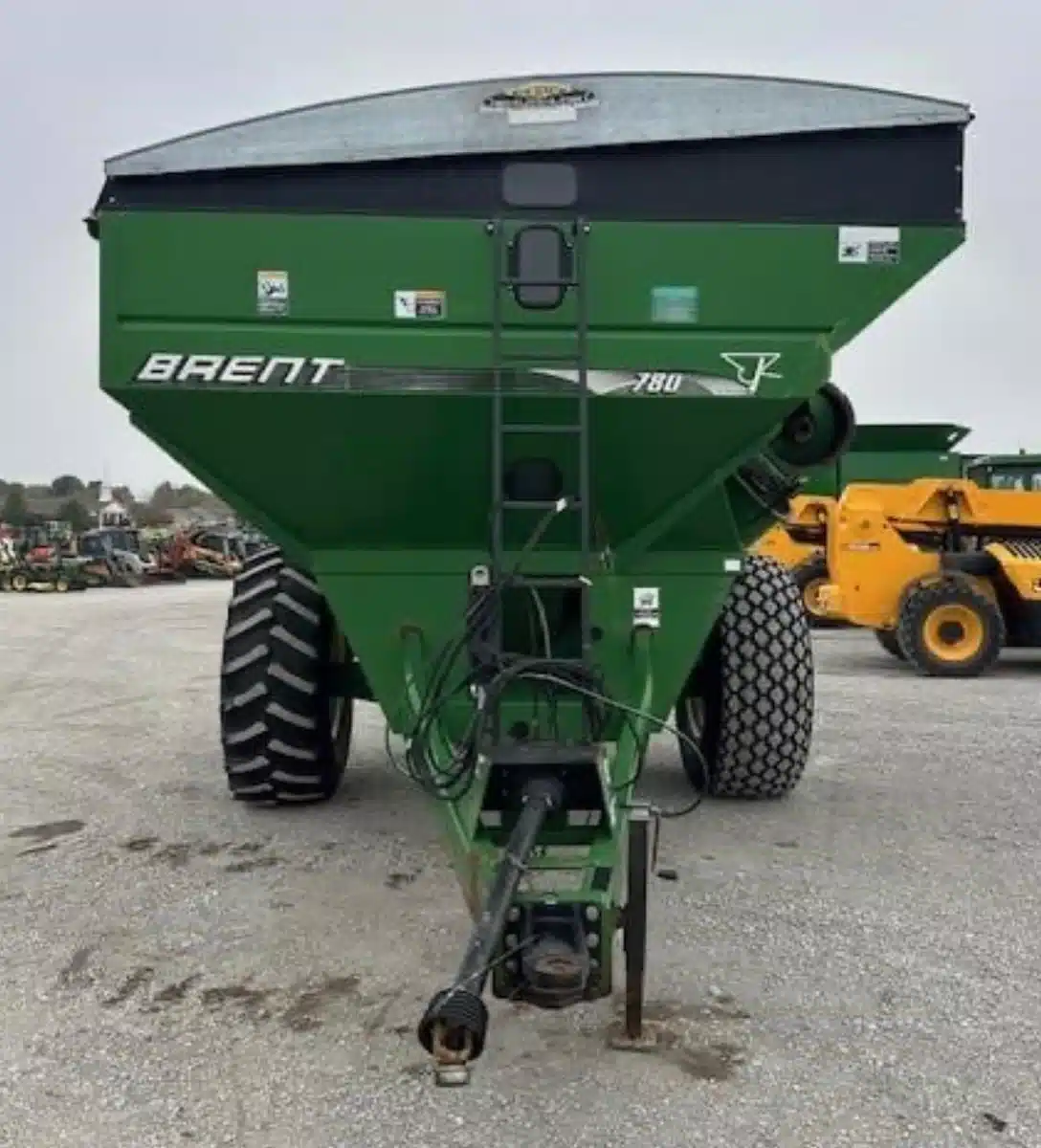There have been some pretty interesting machines built in farm workshops over the years. While only the odd one goes on to be marketed commercially, most usually meet a need on the farm.
For Mike Belan and his family’s farming operation about 40 minutes southeast of Sarnia, Ont., a workshop creation dubbed the Combuggy has been at work handling grain since 2000.
The Combuggy is the name the family gave to a John Deere 8820 combine they merged with a Brent grain cart.
Read Also
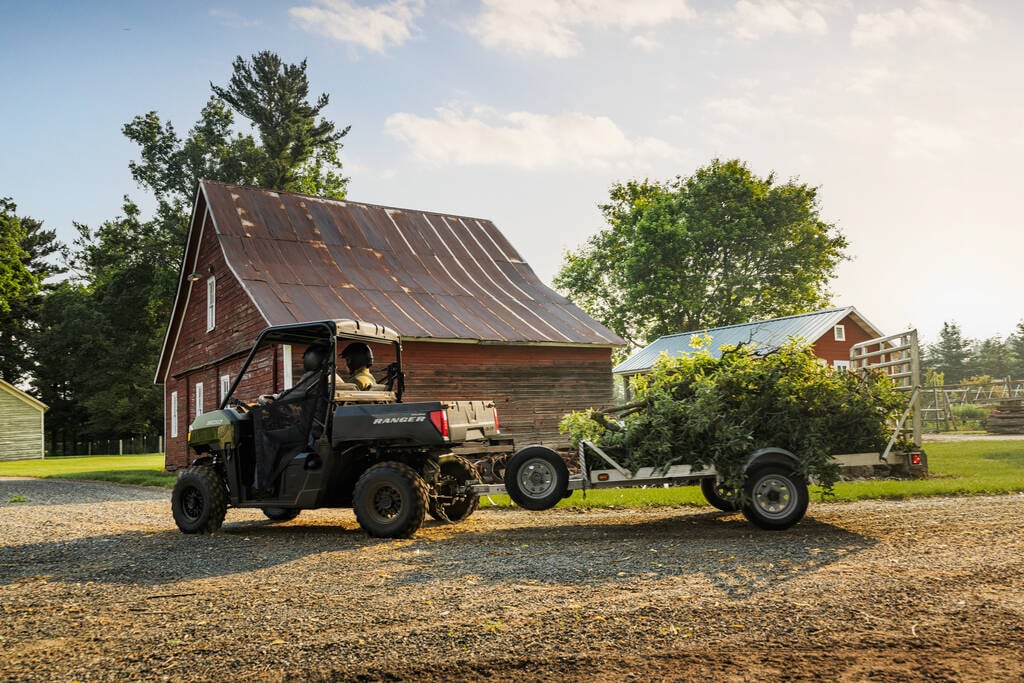
Polaris’ new Ranger 500 aims for simple, affordable
Farmers seeking a smaller, simpler, lower-priced utility vehicle for quick trips to the field or around the farmyard get a new option in Polaris’ Ranger 500 side-by-side UTV, Scott Garvey reports.
“We did a lot of custom work with 8820s,” Mike says. “We eventually had four and we were looking for another. We found this one was burnt, so we bought it for parts. Then we got the brainwave to strip it for parts for the other 8820s and convert it to what we call the Combuggy. The hopper is a Brent grain buggy.
“It was mostly my uncle and myself (that built it) …It was kind of a wintertime shop project.”
The final design was the result of scrounging through the assortment of components lying around the farmyard.
“A lot of the pieces were, how should I put it, designed by inventory,” he says. “We made what we had work. My uncle is always fabbing up stuff in the shop, so we had a lot of the stuff.”
With the grain cart on its chassis, the 8820 now had around 500 bushels of carrying capacity. But with that much weight, the structure needed to be reinforced.
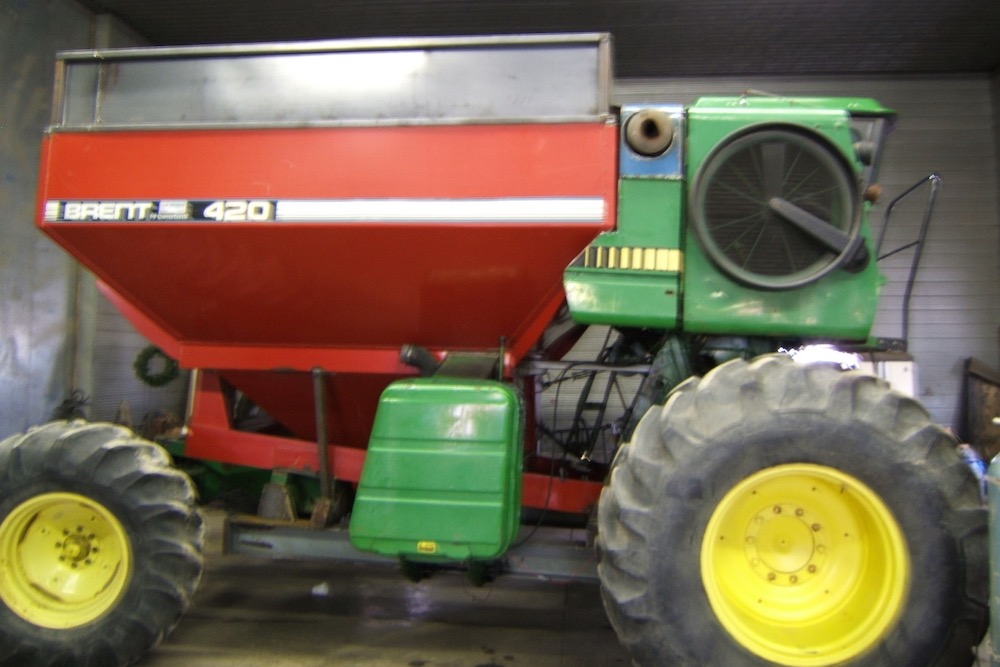
“Basically, we got big I-beams between the front and rear axles,” he explains. “We did have to beef it up. We put bigger tires on the back.
“At the time it didn’t have four-wheel drive, so we added the rear-wheel assist. We found with the heavy load that the hydrostatic system needed that extra push, especially when it’s filled right up. There’s lots of power there, but for the hydrostatic, that’s pretty much all it can do.”
Initially, the Combuggy was built to be a self-propelled grain cart to use in the field carrying grain from combines to the trucks — but it didn’t work as well for that job as expected.
“The intention was to use it in the field as a second grain buggy, because we had three 8820s and we would dump on the go,” Mike says. “But it was just cumbersome for that job. It’s cumbersome to see your blind spots, basically. It can be done once you get the hang of it and (know) how far over you have to be. It’s not ideal like a tractor and grain buggy is.
“But what we liked about it was the hydrostatic transmission, just a simple forward or back. And you can quick-fill and quick-unload it.”
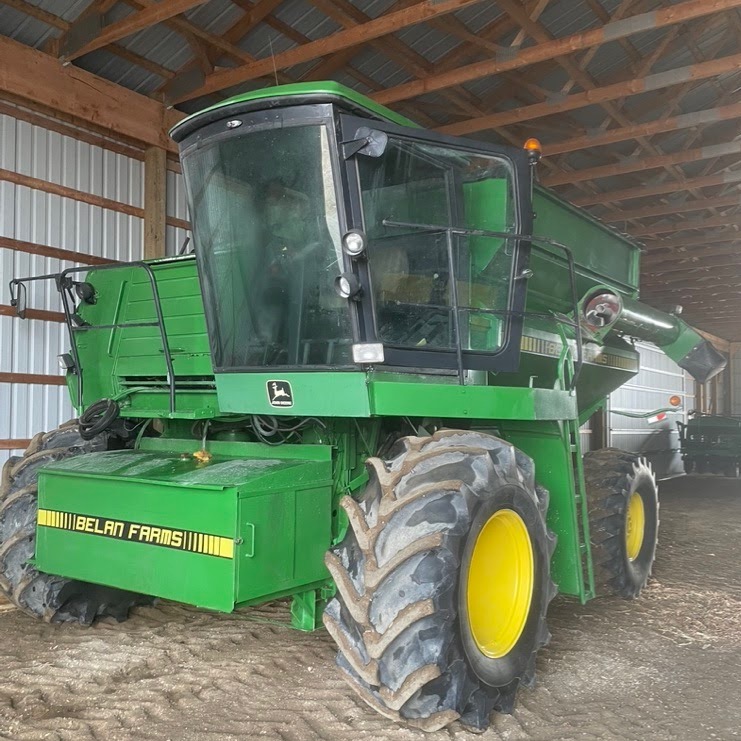
Eventually the Belans found it worked best as a mobile storage bin in the field, into which the other cart could dump, rather than wait for a truck to arrive — which made the regular grain cart more efficient.
“We just leave it in a position and the transport can back underneath it and the transport guy can run it by himself,” Mike says. “We use it as a spot to dump our main grain buggy after going to pick up in the field. We’ll come to the front of the field (and) dump into it as a holding reservoir until a truck gets back. Whenever we’re waiting on a truck there’s another 500 bushels. So we can load a truck real quick.”
The Combuggy now sees year-round use, helping to speed up truck loading or to temporarily hold corn coming from the grain dryer.
“It’s got a reliable John Deere motor, so it starts in the middle of winter,” Mike says. “Basically the best about that is we use it in a situation where we need to top off a transport truck, to finish filling it. So it’s good for that.”
While the current cart works well on the reinforced 8820 chassis, Mike notes it would be impractical to go bigger. Adding the weight from a larger cart would be weight would be too much. The cart drive system is driven off the belt that normally would run the combine’s unloading auger. He describes its overall design as just “a pretty simple machine.
“We’ve been approached a couple of times to either sell it or maybe build one for somebody else,” Mike says. “But it’s one of those things that’s a labour of love and it would be hard to put a price tag on it now, I guess. I would say we probably have $10,000 tied up in it, maybe $15,000 at the most.
“It’s one of those things, you get the idea in your head and all of a sudden the cost doesn’t matter anymore, you just want to get it built.”




